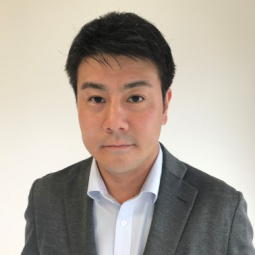

报告题目:Fundamental Understanding of Photocatalytic Overall Water Splitting using Particulate System
报告时间:2020年10月17日(星期六)上午10:00-11:30
报告地点:腾讯会议
会议ID: 634 003 841
报 告 人:Prof. Kazuhiro Takanabe(教授、日本东京大学)
报告摘要:
Photocatalysis using particulate semiconductors has attracted attention as a potential candidate for solar-to-fuel process. However, the processes are ill-defined in terms of chemical potentials and resultant kinetics. Our efforts include to achieve quantitative descriptions of the associated physical and chemical properties that determine which parameters are most influential to improving the overall photocatalytic performance, in contrast to arbitrarily ranking different photocatalyst materials. First, the quantifiable properties are identified. Second, each property is separately measured and/or calculated. Third, the obtained values of these properties are integrated into equations, so that the kinetic/energetic bottlenecks of specific properties/processes can be identified. The specific properties can then be altered to further improve the overall efficiency. Accumulation of knowledge ranging from solid-state physics to electrochemistry and the use of a multidisciplinary approach to conduct measurements and modeling in a quantitative manner are required to fully understand and improve the efficiency of photocatalysis.
|

报告人简介:
Kazuhiro Takanabe教授就职于日本东京大学(The University of Tokyo),现任催化杂志副主编(journal of catalysis)。